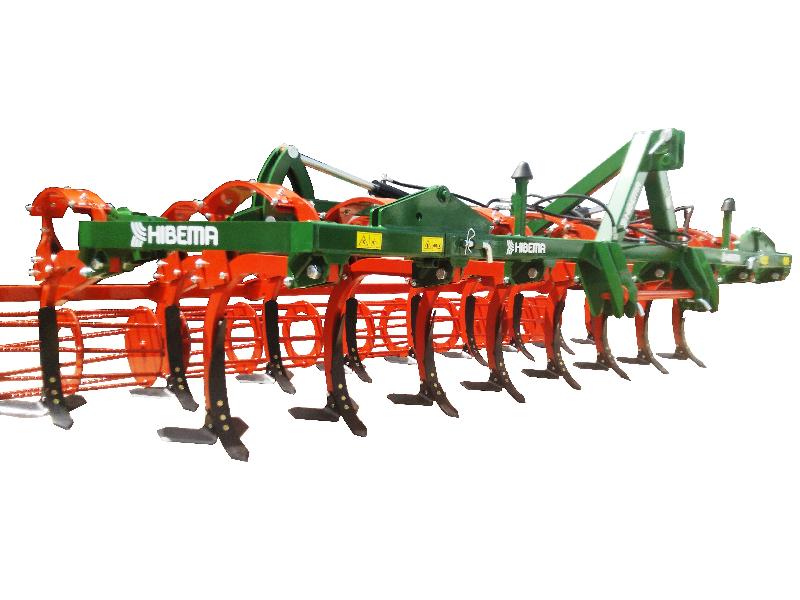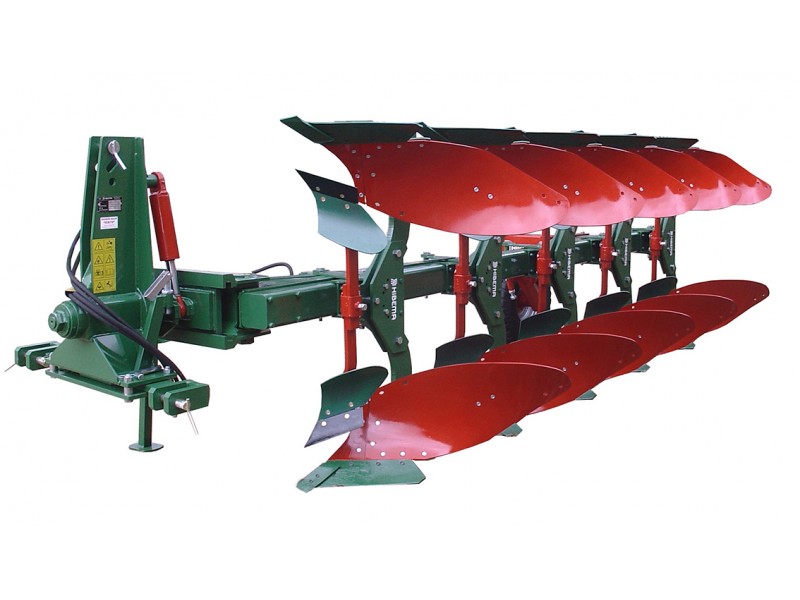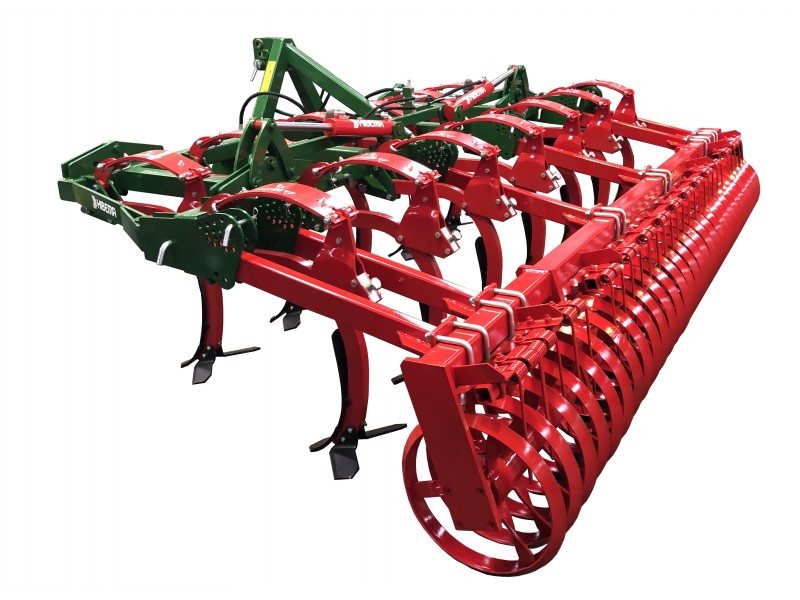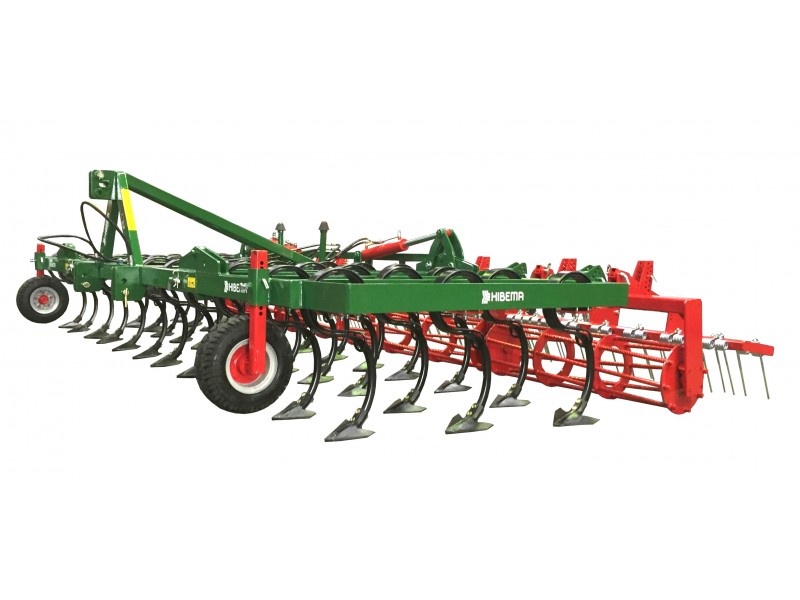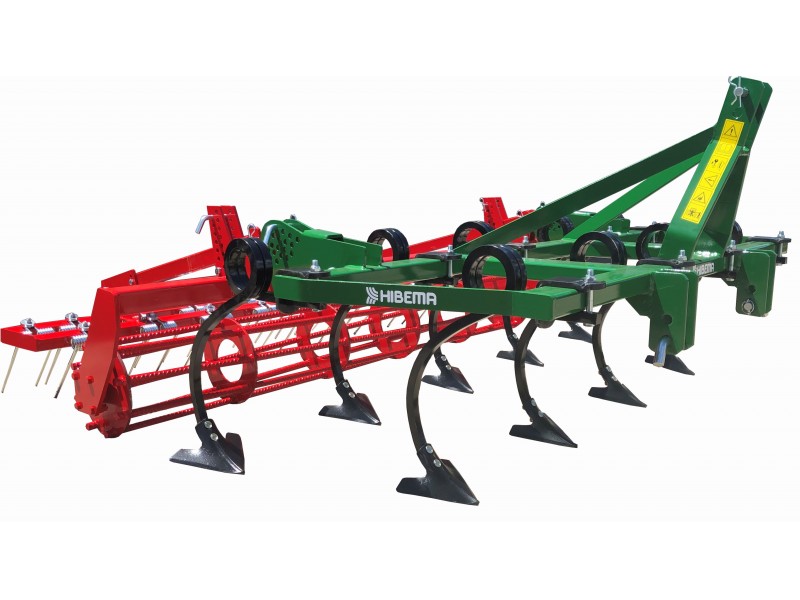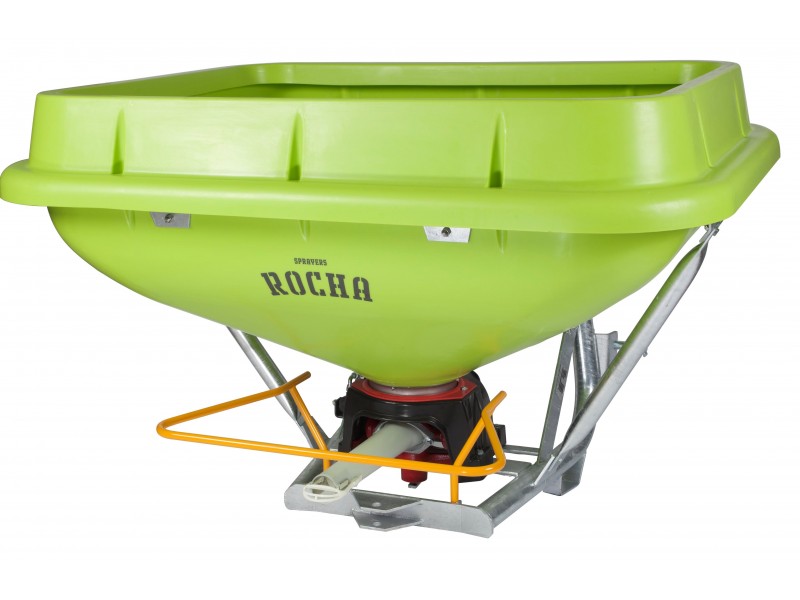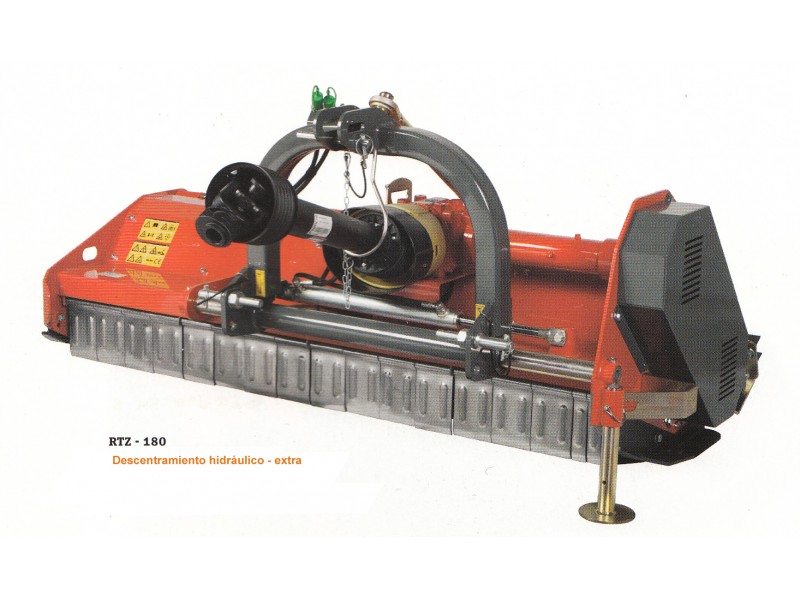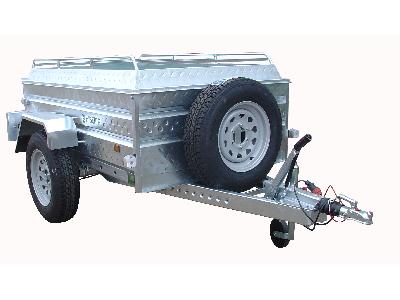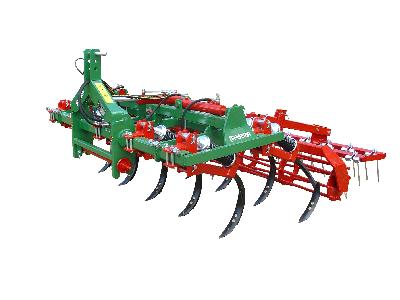The gender perspective will be a fundamental issue in the policies that the Ministry of Agriculture, Fisheries and Food will promote during the current Legislature. To this end, the future Common Agricultural Policy (CAP), through the National Strategic Plan, is an essential tool for promoting measures which meet the needs of women and young people in order to achieve fair, intelligent, sustainable and inclusive growth in agricultural activity in the rural environment.
The future application of the CAP will help to overcome the gender gap in the receipt of aid, since although the difference between the number of men and women receiving direct aid from the CAP has been reduced by 2% from 2012 to 2019, they still receive a much lower total amount of aid than men.
In 2019, 72.85% of direct payments to individuals were paid to men, compared with 27.15% to women. In the case of aid under the second pillar of the CAP, rural development, women received 26.34% of the amount.
This is the conclusion of the report "Direct aid and rural development: analysis of the age and sex of beneficiaries at national level and by Autonomous Community 2019", published by the Spanish Agricultural Guarantee Fund (FEGA).
DIRECT AID REPORT 2019
According to the FEGA report and compared to the data for 2017, there has also been a slight increase in the amounts of aid targeted at young farmers (under 40 years old), from 14% to 14.59%. This increase is greater for aid under rural development programmes, where young people under 40 years of age have increased from 31.83% of the amounts in 2017 to 37.06% in 2019.
The gradual increase in the number of young people and women receiving aid reflected in the report confirms the importance of the measures taken in these areas in Spain in the framework of the CAP, an area in which the new agricultural policy will be further developed from 2023 onwards.
The EAGF analysis released today includes information on the distribution by gender and age of direct income aid to farmers paid to individuals through the EAGF fund, as well as that from rural development programmes, at national level and by Autonomous Community.
This report is similar to those published by this body for the period 2010-2012 and in 2017, which can be consulted on the website https://www.fega.es/es/el-fega/publicaciones and with which the comparison has been made with regard to the aforementioned periods.
2020 ADVANCE
Furthermore, in the financial year 2020, for which payments ended on 15 October, the amount paid as a supplementary payment to young farmers has been increased by almost 18% compared to the previous year.
This supplementary payment is a specific support measure for young farmers and increases by 50% the value of the aid they receive as a basic payment (one of the lines of support making up direct aid).
As of 15 October, the Autonomous Communities had paid out more than ?63 million in this aid.
As regards second-pillar (rural development) measures to support new farms, including those for the incorporation of young people, a total of EUR 158 million has been paid out in the financial year 2020.







